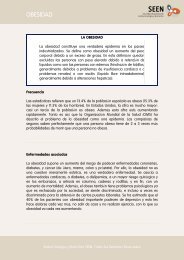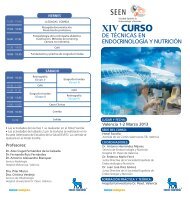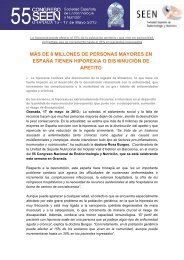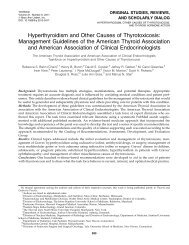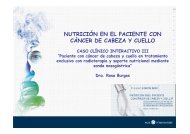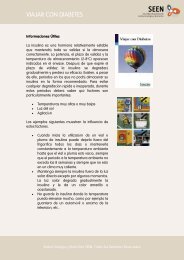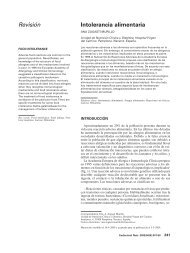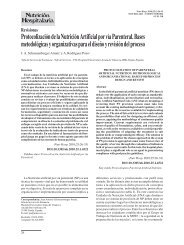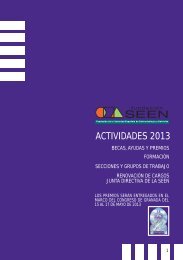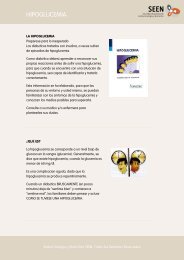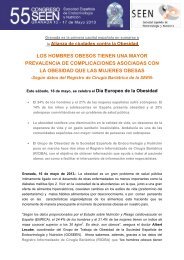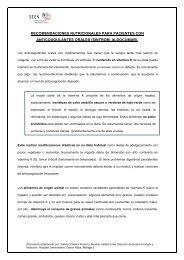Basic Concepts of Fluid and Electrolyte Therapy
Basic Concepts of Fluid and Electrolyte Therapy
Basic Concepts of Fluid and Electrolyte Therapy
You also want an ePaper? Increase the reach of your titles
YUMPU automatically turns print PDFs into web optimized ePapers that Google loves.
assess clinical response to fluid in terms <strong>of</strong><br />
capillary refill time<br />
pulse (reduction in pulse if tachycardic)<br />
jugular venous pressure (rise in JVP)<br />
blood pressure (rise in BP)<br />
pulmonary oedema (if present stop iv fluid)<br />
urine output<br />
if there is a clinical response to fluid bolus continue with replacement<br />
fluids <strong>and</strong> discuss further fluid therapy management plan<br />
with senior member <strong>of</strong> team.<br />
if there is no clinical response <strong>and</strong> no pulmonary oedema administer<br />
further 500 ml <strong>of</strong> crystalloid, reassess clinically <strong>and</strong> discuss<br />
with senior member <strong>of</strong> team. Remember to consider postoperative<br />
bleeding as a cause for the hypovolaemia <strong>and</strong> failure to respond to<br />
a fluid challenge.<br />
if the patient has volume unresponsive oliguric AKI continue with<br />
iv fluids cautiously, matching urine output <strong>and</strong> monitoring for<br />
signs <strong>of</strong> respiratory distress (rising respiratory rate, pulmonary<br />
oedema or falling oxygen saturations). Refer to the renal team.<br />
Oliguric AKI secondary to hypovolaemia is either volume responsive or<br />
unresponsive. In some cases, despite apparently adequate intravascular<br />
volume replacement the patient remains oliguric <strong>and</strong> unresponsive<br />
to any further fluid challenge. At this point, to avoid precipitating pulmonary<br />
oedema, no further intravenous fluid should be administered<br />
<strong>and</strong> the patient should be referred to the renal team. In patients who<br />
are fluid responsive, further fluid replacement can be prescribed as<br />
hourly fluid input equal to the previous hour’s output plus 30 ml, with<br />
continuous monitoring <strong>and</strong> frequent review.<br />
76




